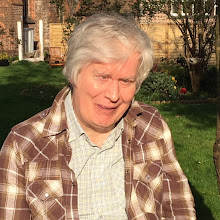Every winter, the UK braces for an icy flirtation—snow that dances briefly through February skies before melting into memory. But in 2010, Salford saw two persistent weeks of snowfall, sticking around like an inconvenient truth. What gave? Wasn't global warming supposed to send temperatures skyrocketing?
Back in the 1980s, some projections suggested we’d be basking in heatwaves of +25°C by 2018, driven by rising CO₂ levels. That didn’t quite pan out. Instead, we saw snow in March, blizzards battering cities, and the occasional June snowfall in Bolton—1974 being one eerie example.
? And here's a twist: photosynthesis, that quiet miracle of nature, turns CO₂ from burning fossil fuels back into plant biomass in mere minutes. After a forest fire, the CO₂ surge lasts briefly, followed by a burst of plant growth and an afternoon drop back to 2 parts per million. Despite human emissions, nature seems to have its own thermostat.
? Many climate scientists point to a steady rise in global temperatures. But what if nature runs on its own rhythm—a 28-year cycle of warming and cooling? From the Great Depression to 1976's economic slump, low CO₂ emissions didn't halt scorching summers or brutal winters. Climate patterns appear tied more to solar cycles than smokestacks.
? Nuclear interests and academia may have played their part in amplifying man-made climate narratives, especially post-Chernobyl. Was climate change ever fully under our control? Or was it, like Salford’s snow, nature’s own poetic license?
As temperatures dipped and snow frosted Salford unexpectedly, the question emerged again: do we influence climate, or does it simply run its course, with humanity watching from the sidelines?


No comments:
Post a Comment